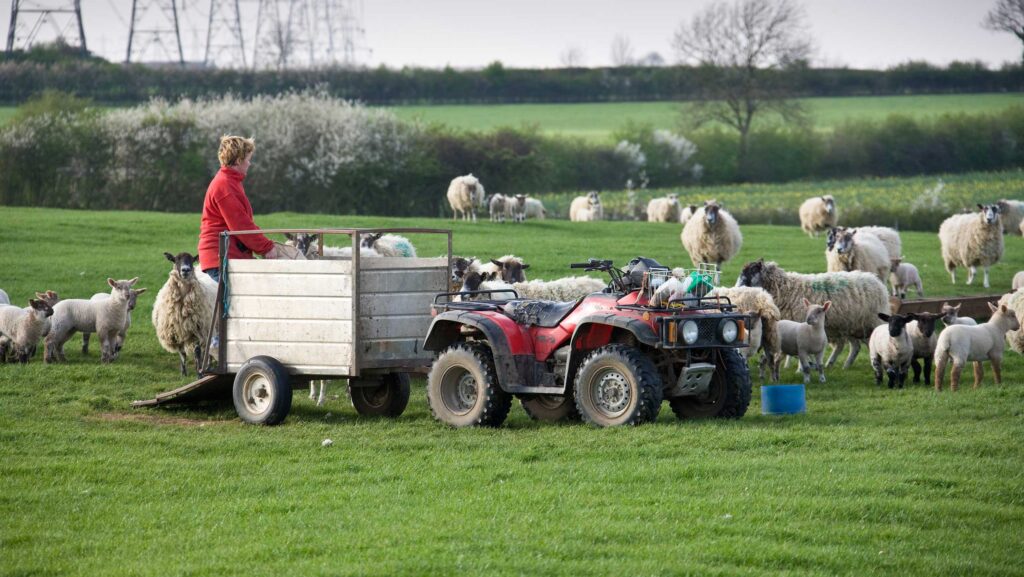Tips on taking milk samples to find cause of ewe mastitis
 © Tim Scrivener
© Tim Scrivener Keeping a couple of clean test pots – together with some disposable gloves and disinfectant wipes – in the lambing kit makes it quicker and cleaner to sample ewes with mastitis.
See also: Principal cause of mastitis in ewes identified
Identifying which bacteria are causing mastitis is important when it results in a lost quarter and leads to culling. But farm-specific control methods based on bacteriology will reduce the risk of spread and prevent new infection.
“When you see the first mastitis case of the year, make sure to have some clean pots on you and get ready to take samples from any further cases [for laboratory analysis] before treating the ewes,” says sheep veterinary consultant Dr Fiona Lovatt of Flock Health.
Wearing gloves to collect a sample into the pot helps ensure hygiene and avoids spreading infection to other ewes, she explains.
Milk samples do not have to be posted immediately, but can be frozen before being sent away for testing when a batch has been collected, she says.
Testing and treatment
Results showing which bacteria are involved in the mastitis take about a week to come back, and slightly longer for sensitivity testing to antibiotics.
These form the basis for discussing treatment, vaccination and management changes with the farm’s vet (who can supply the pots and organise the testing).
Mastitis control planning with the vet is essential, says Fiona, because it is a multifactorial disease. It is influenced by weather conditions, housing hygiene, feed inputs and lamb numbers, yet it cannot always be predicted.
“[It’s also brought on by] poor ewe condition, poor udder conformation, no grass in front of ewes and lambs, or not enough feed [to supplement grazing]. And we see more in cold and windy weather when lambs are hungry,” she adds.
“For instance, about half the cases of sheep mastitis are caused by staph aureus, and you can vaccinate for it if this is in your flock, but it is about £6 a ewe, and this is why it is important to take samples and discuss the causes of mastitis in your flock with your vet.”
Cost
From about £20 a diagnostic sample, Fiona says the cost of identifying which farm-specific pathogens are causing mastitis is well worth the expense when compared with a breeding ewe valued at anything up to £200.
She stresses that the cost needs to be compared against the value of the whole flock to work out a return on investment from reducing numbers of ewes culled for mastitis.
